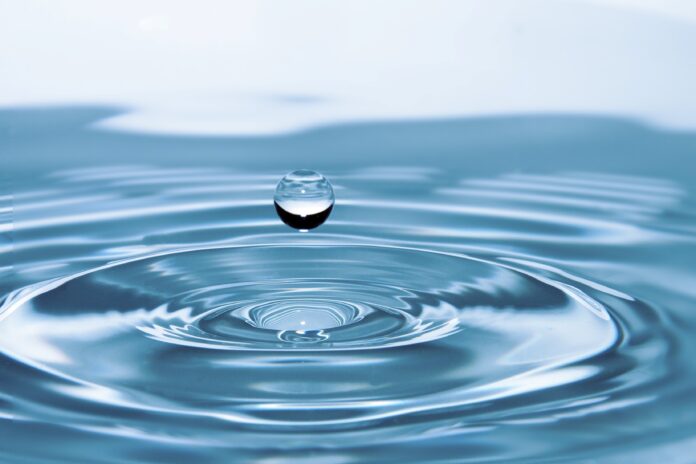Welcome, Jori Hamilton, a first-time contributor here at 21st Century Tech Blog. Jori lives in the Portland, Oregon area and writes about technology, artificial intelligence, machine learning, cybersecurity, and sustainability. She is a graduate of Boise State University. To learn more about Jori, you can follow her on Twitter: @HamiltonJori.
At least two billion people in the world use drinking water sources contaminated with feces. That shocking statistic comes from the World Health Organization (WHO) and helps illustrate the dire situation faced by many in our modern world.
Clean water is a rarity when it should be a basic human right. Technological advances, however, can make a difference in guaranteeing all have access to clean water. Through the use of artificial intelligence, powered by data analytics, we can ensure clean water is available for current and future generations all over the world. In this solution robotics play a vital role, but understanding that role first requires an understanding of the clean water crisis.
The Growing Global Shortage
Clean water, a human right as far as the United Nations is concerned, is a more rare and endangered resource than many comprehend. According to the WHO, currently, more than 2.5 billion draw water from contaminated aquifers and surface sources. And by 2025 half the world’s population will find themselves living in water-stressed areas.
This problem cannot be relegated to specific nations and communities. This is a global problem, and to solve this shortage, we will need to develop strategies for reusing wastewater and conserving freshwater. Such strategies can produce health risks on their own with drinking water carrying contaminants from aluminum to volatile organic compounds (VOCs) if not properly treated. Contaminants can carry diseases like dysentery, cholera, typhoid, and polio.
So how do we recycle water while ensuring its safety? Robots can help.
The Role of Robotics in Clean Water
Modern industry has been revolutionized by big data. These large-scale data sets produce all kinds of factors that can be tracked, analyzed, and lead to technological solutions. Big data sets make use of artificial intelligence (AI), smart systems that scan and explore massive amounts of information to produce actionable insights in a fraction of the time it would take humans. New technological advancements are marrying AI to robotics and Internet of Things (IoT) devices with the power to monitor freshwater and wastewater systems.
Here are just a few examples:
- Daisy, the skirt-wearing robot, detects leaks in water grids. These leaks are common and cause about a loss of one-fifth of the water supply, making quick leak detection and repair a must for water conservation.
- Microbots effectively remove as much as 95% of lead in contaminated water in just a single hour. This has enormous implications in combating water crises like that which occurred in Flint, Michigan.
- HiBot USA’s databotics system algorithmically predicts risks of pipe failures through data analysis and pipe examination. These bots slither into pipes to report likely failures with 80-90% accuracy, making predictive maintenance and leak prevention possible.
These are among many of the technologies fighting freshwater scarcity today around the world. Fueled by big data and AI algorithms, robots are providing us with new insights and solutions for water sanitization and preservation, enough to make a real difference in dealing with the growing freshwater crisis.
Even on a consumer level, there are tools to help conserve water. Automated sprinkler systems with IoT technology, for example, can monitor water levels in soil, and water only when needed. Technology like this gives all of us the opportunity to play a part in water conservation. The results may just save the planet.
Securing Clean Water Resources
Securing clean water will take an organized effort on every front. Robotics are here to help, but first, a sustainable infrastructure must be in place to support these tools. Governments and communities need to come together to address the economic development impact of water infrastructure improvements to enable clean recycling and decontamination of all water sources while promoting efficient distribution and use.
With robots that detect leaks, clean water supplies, and predict malfunctions in water systems, sustainability is now possible on a global scale. But first, we must overcome the economic and structural barriers to their integration.
















